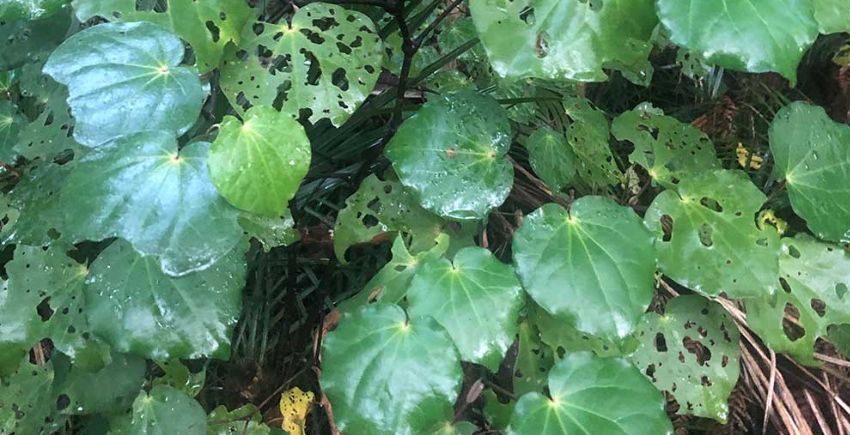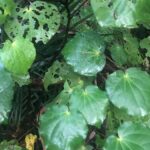January 23, 2023
High tech tools unlock kawakawa secrets


University of Auckland researchers working with Nelson’s Wakatū Incorporation have found more than 60 biologically active compounds in kawakawa leaves.
The leaves are widely used in rongoā Māori as a topical balm to soothe eczema, boils, bites, stings and grazes, as well as to relieve toothache, gastrointestinal and genitourinary problems.
In a paper published in the journal Nutrients, Liggins Institute research fellow Chris Pook says the most abundant compound identified through liquid chromatography and mass spectrometry was pellitorine, which has numbing effects on the body and also helps reduce inflammation.
Another compound, yangambin, has been shown in earlier human trials to have potent anti-inflammatory effects on the cardiovascular system, while the dopamine in kawakawa tea soothes upset stomachs and can also help people metabolise sugar and regulate insulin response.
The kawakawa research forms part of Wakatū’s Taketake a Tāne indigenous organisms programme, which will lead to sharing of intellectual property as well as the development of products such as a kawakawa-based beverage.









